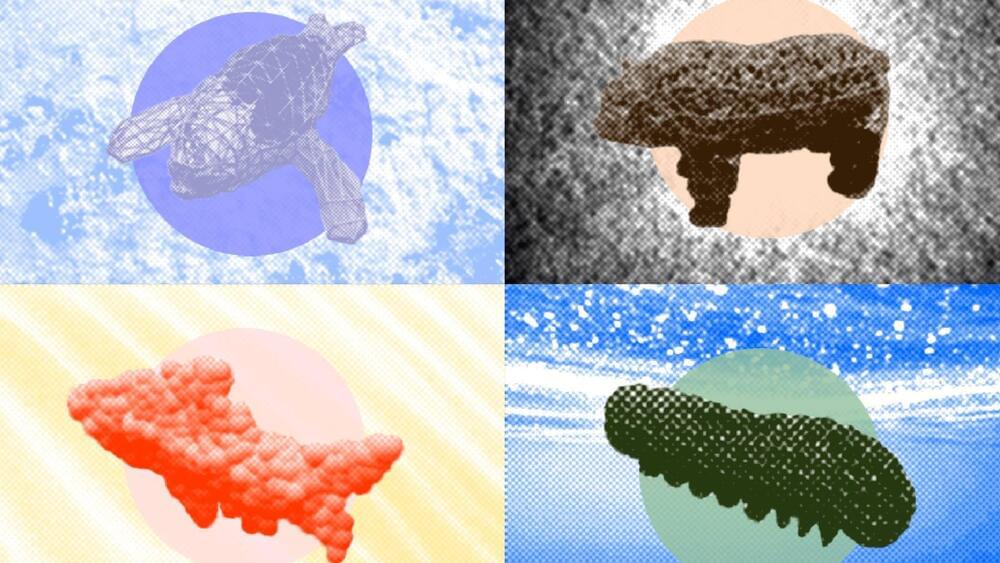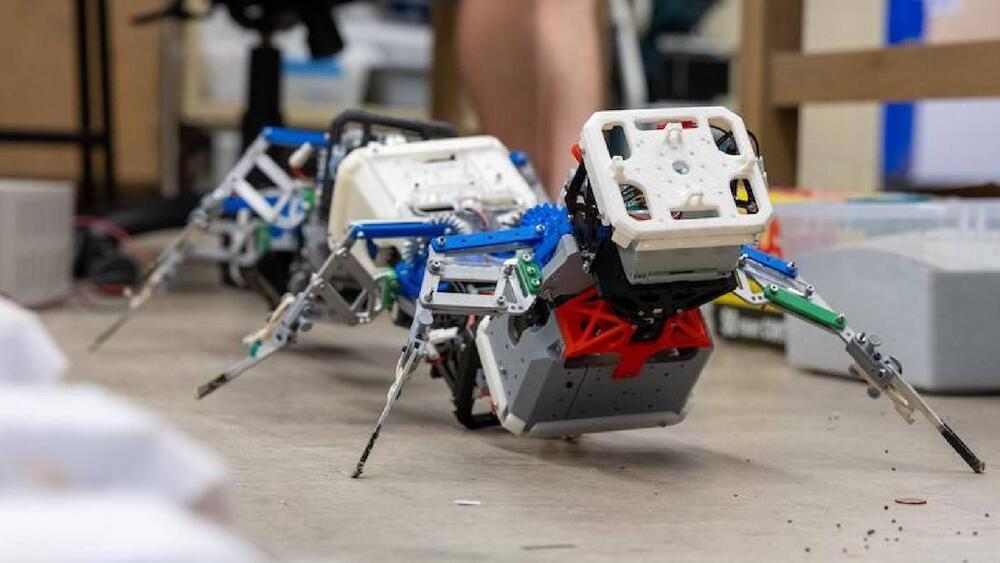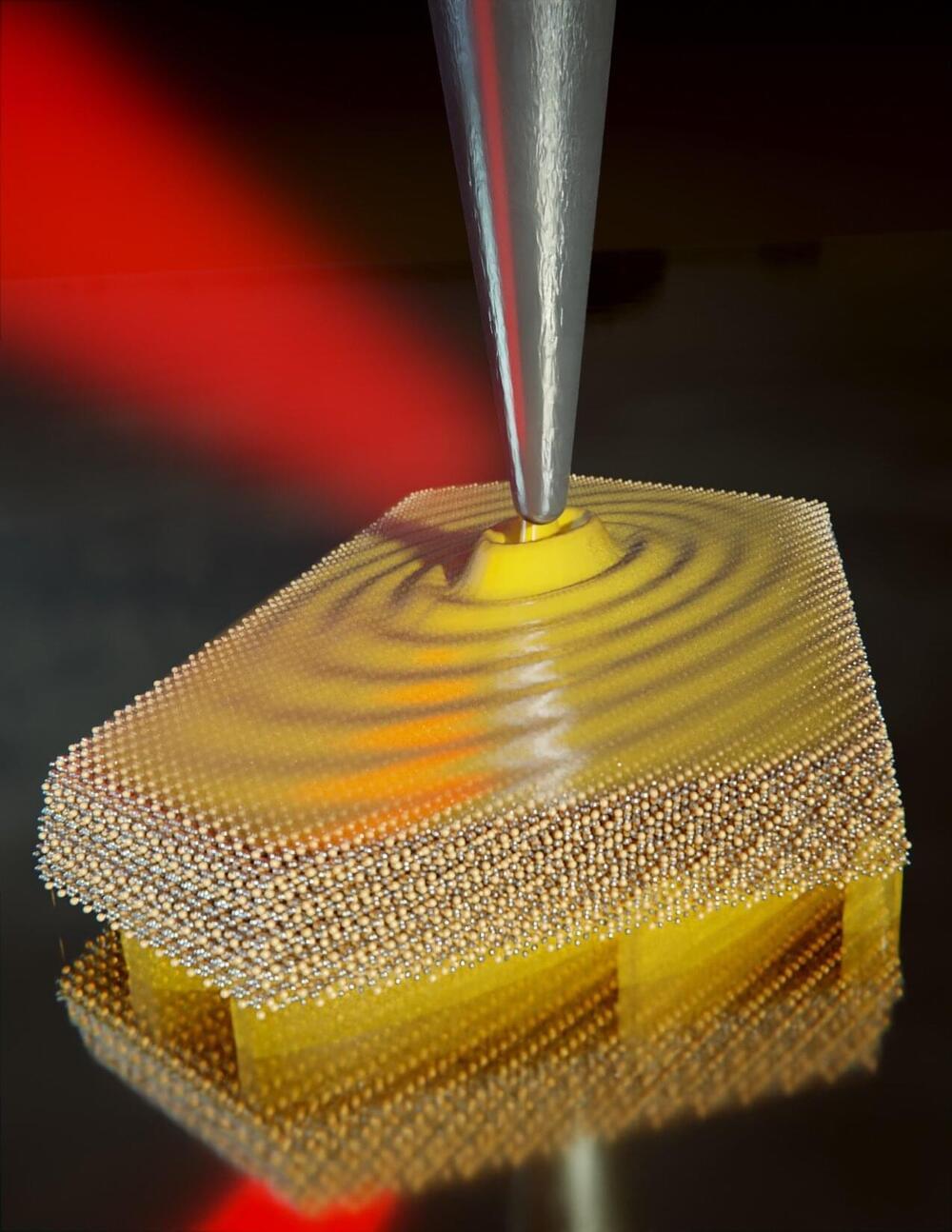A team of MIT researchers has developed a bio-inspired platform that enables engineers to study soft robot co-design called a “SoftZoo” due to the fact that it was inspired by animal-like robots.
This is according to a report by the institution published on Tuesday.
In the platform can be found 3D models of animals such as panda bears, fishes, sharks, and caterpillars.






